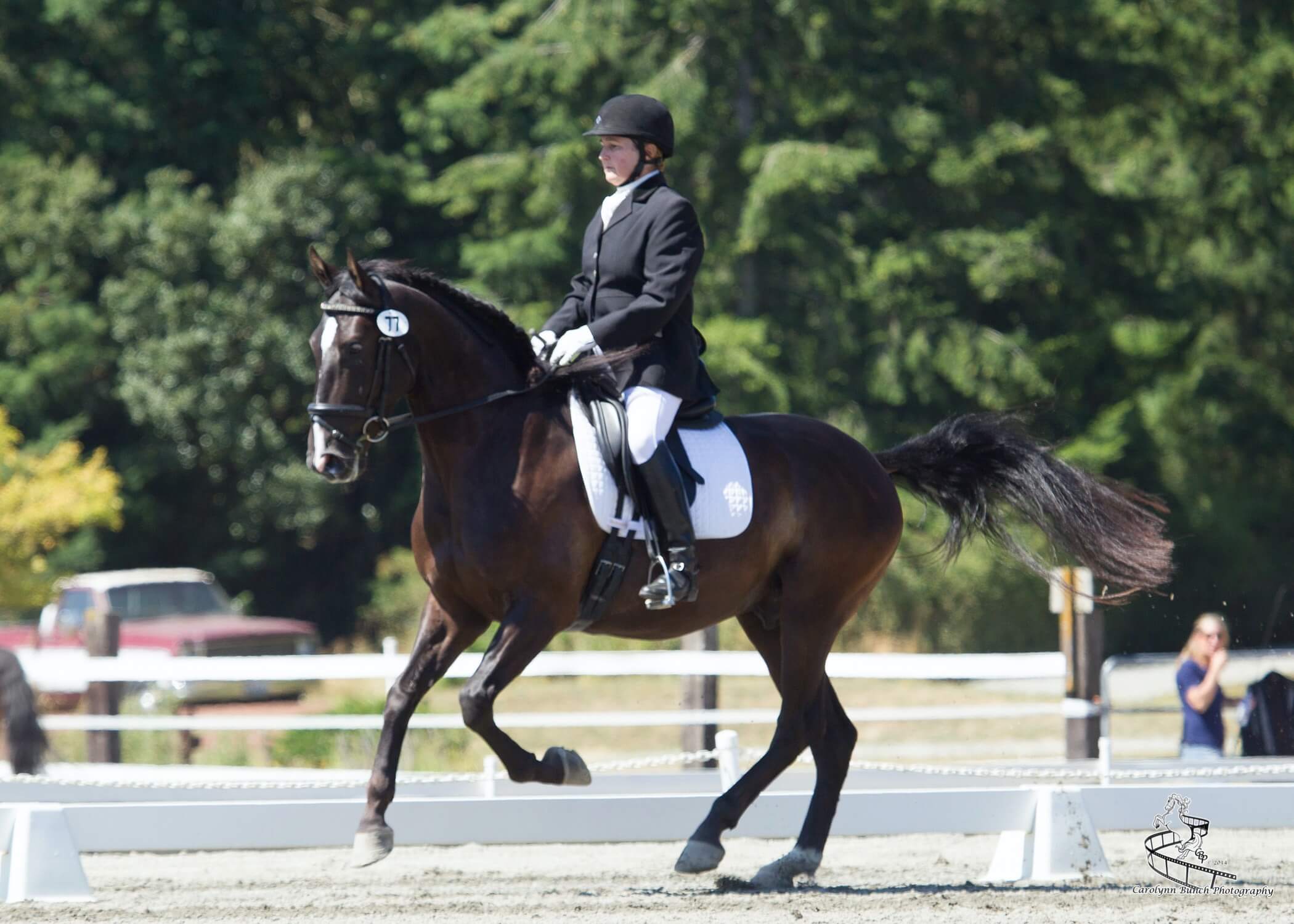Over the Fourth of July weekend I had the opportunity to judge a Working Equitation show in Illinois. The event was held at a riding club, the Fox Valley Saddle Association which was established in the 1940s. Near Chicago, the club sits in an agricultural area complete with acres of corn and beautiful midwestern farmhouses and barns.
Many of the people who participated in the show were members of the saddle club, and those who weren’t competing were active in helping out by supplying food, announcing, helping with grounds maintenance, directing parking, and so on.
In Europe riding clubs and cooperatives are common. These clubs are hubs for equine activities, bringing multiple instructors, disciplines, and levels of riders of all ages under one “roof”. The pooling of financial resources allows for higher-quality venues with multiple arenas, better footing, trail systems, and jump courses. Single-owner facilities can rarely afford to build and maintain such venues and when they do, the board at these places can be out of reach for most people.
Riding clubs can be centers of equestrian activities and social happenings for all ages. The community aspect is especially important for encouraging and bringing youth into the horse world. Let’s face it: few families have the funds to buy and/or build their own facility. Owning horses is getting more and more expensive. Do we really want the horse world to be excluded to all except the ultra-wealthy?
The idea of a club or cooperative is a good one, but people need to learn how to share, be inclusive, and get along with each other. Members need to step up and help, and they need to learn to share their time and the facility with others. At Fox Valley Saddle Association, they pay $120 per year and maintenance hours are required. But imagine having a beautiful well-maintained indoor arena, outdoor arenas (all with excellent footing), mowed trails, a gorgeous cross-country course, access to jumps and other obstacles, and a comfortable club house with clean bathrooms and a kitchen all for $10.00 per month.
Honestly, it was almost enough to make me want to move. The time and money I put into maintaining my own private facility is astronomical. Plus, I enjoyed being around the members of this club. It was obvious they had a lot of fun and supported each other in many ways. It was a beautiful thing to behold.
Enjoy our Training and Facilities issue! As always, feel free to contact me at [email protected].
See this article in the August 2021 online edition:

Kim Roe grew up riding on the family ranch and competed in Western rail classes, trail horse, reining, working cow, and hunter/jumper. She trained her first horse for money at 12 years old, starting a pony for a neighbor.
Kim has been a professional dressage instructor in Washington state for over 30 years, training hundreds of horses and students through the levels. In recent years Kim has become involved in Working Equitation and is a small ‘r’ Working Equitation judge with WE United.
Kim is the editor of the Northwest Horse Source Magazine, and also a writer, photographer, and poet. She owns and manages Blue Gate Farm in Deming, Washington where she continues to be passionate about helping horses and riders in many disciplines.






